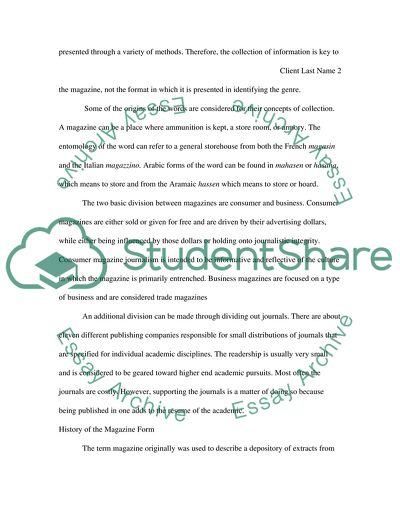Cite this document
(The Emergence and Evolution of Magazine Case Study, n.d.)
The Emergence and Evolution of Magazine Case Study. Retrieved from https://studentshare.org/journalism-communication/1737717-the-emergence-and-evolution-of-magazine
The Emergence and Evolution of Magazine Case Study. Retrieved from https://studentshare.org/journalism-communication/1737717-the-emergence-and-evolution-of-magazine
(The Emergence and Evolution of Magazine Case Study)
The Emergence and Evolution of Magazine Case Study. https://studentshare.org/journalism-communication/1737717-the-emergence-and-evolution-of-magazine.
The Emergence and Evolution of Magazine Case Study. https://studentshare.org/journalism-communication/1737717-the-emergence-and-evolution-of-magazine.
“The Emergence and Evolution of Magazine Case Study”, n.d. https://studentshare.org/journalism-communication/1737717-the-emergence-and-evolution-of-magazine.


